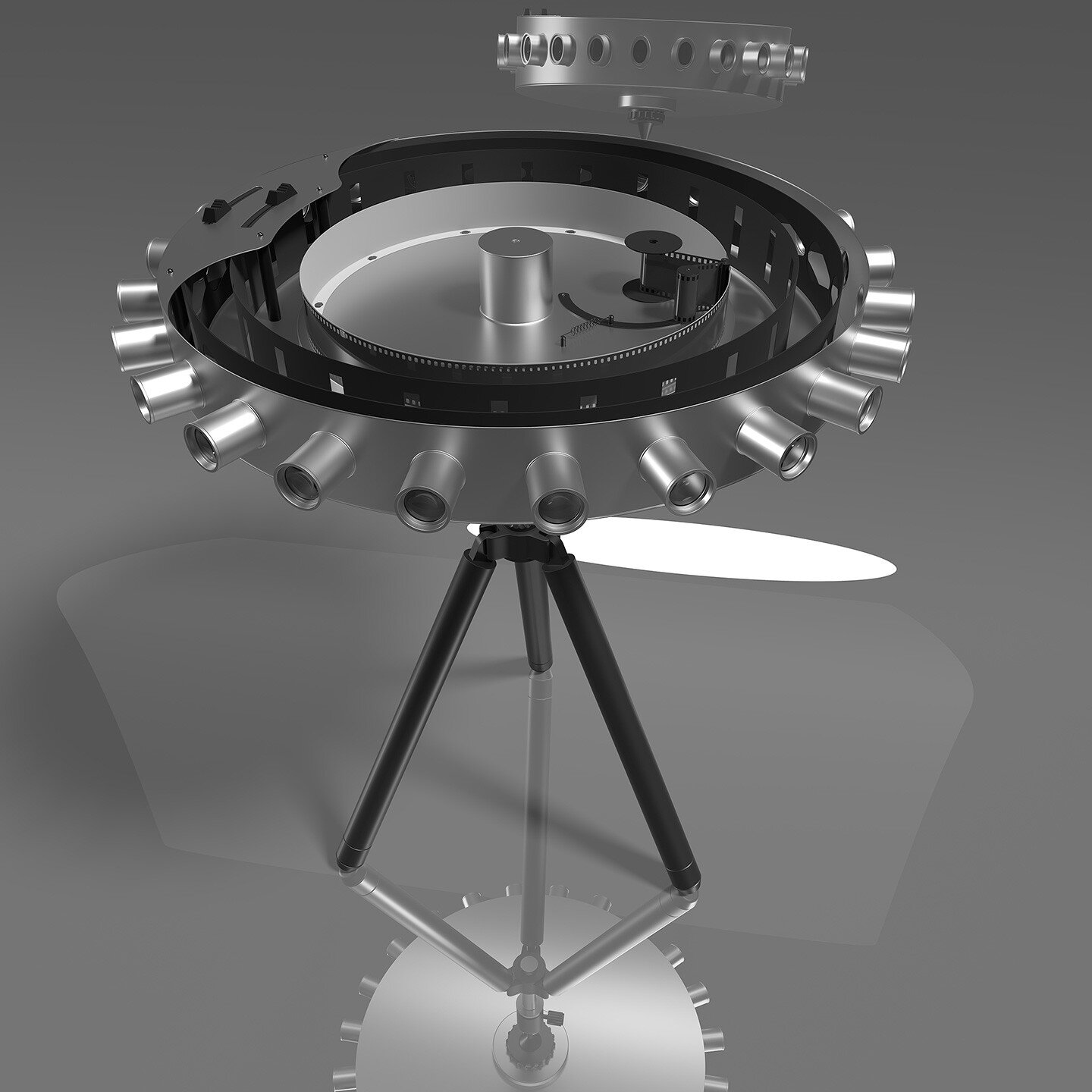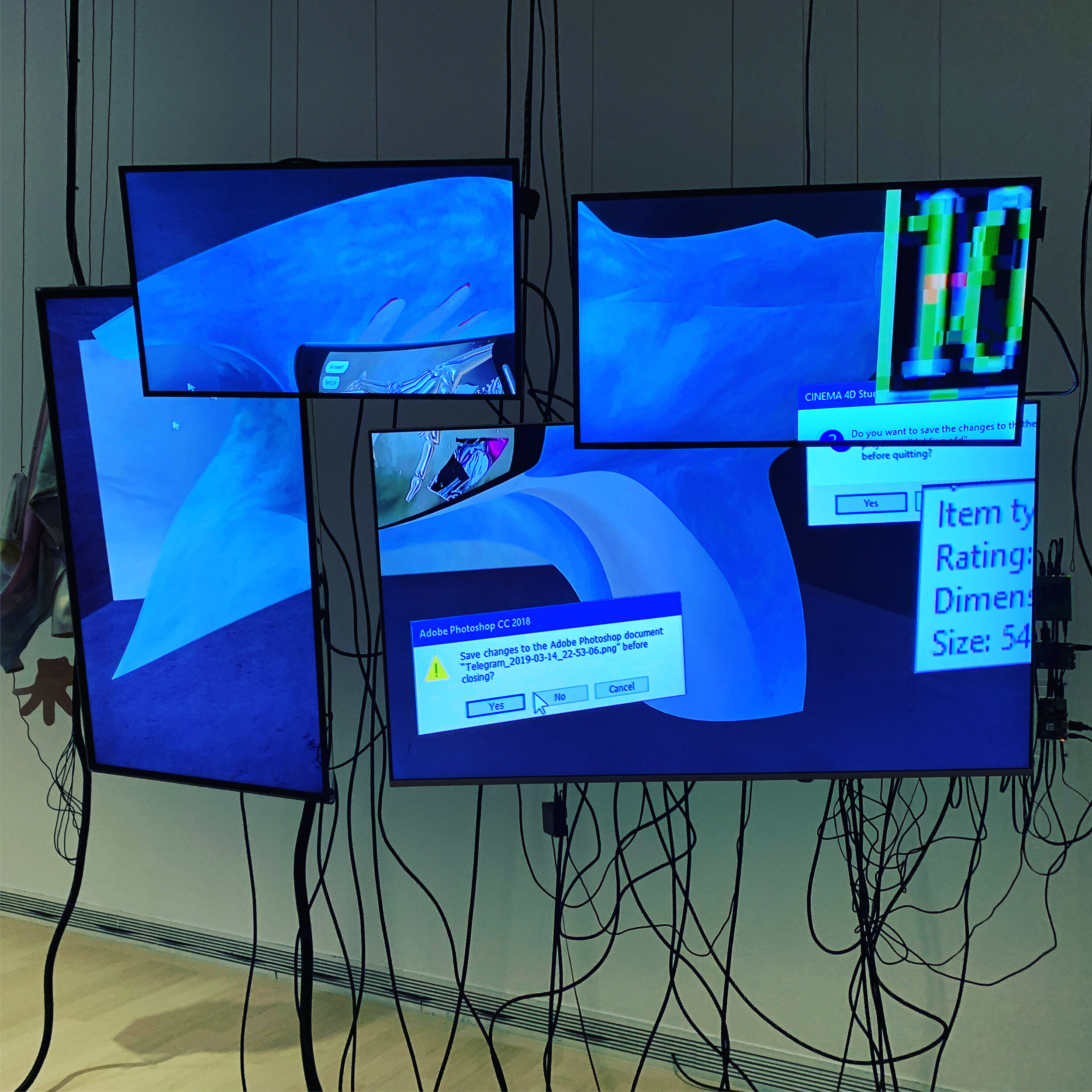BUDAPEST CONTEMPORARY ART, PART DEUX
While I try to explore new art destinations, when I recently traveled to Budapest for the second time in under a year, I took it as an opportunity to drill a little deeper into the city’s contemporary art scene.
This time, I moved away from the city center to The Ludwig Museum. The museum holds Hungary’s collection of international contemporary art. Its current location in the nondescript Palace of Arts north of Rákóczi Bridge, focuses on temporary exhibitions in the space that stretches over three floors. A new building by the amazing SANAA architects is under construction and I can’t wait to see it when it’s done. Temporary space notwithstanding, the shows did not disappoint. The Family Album, showing the emotional stories of three families impacted by the Kosovo conflict, pulls at your heartstrings and Dead Web - The End show on the first floor will make you both laugh out loud and ponder what our lives could look like if the web just went away one day. Could we handle it?
My favorite, however, was The Imaginary Cameras show highlighting the work of Tamás Waliczky. Tamás, a media artist who started his work as a cartoonist, is a multitasker. Painter, illustrator, and a photographer who went digital in 1983 focusing on spatial representation of time, futuristic renderings of augmented reality, and the examination of optical distortions. The show, which represented Hungary at the 2019 Venice Biennale, examines mechanisms an designs that inventors could use to create new picture recording devices. The stunning black and white photographs and videos of fantasy machines (cameras, projectors and viewers) captured both the photography lover and the geek in me. I couldn’t get enough and I suspect you would enjoy them as well.
Well done, Budapest!



